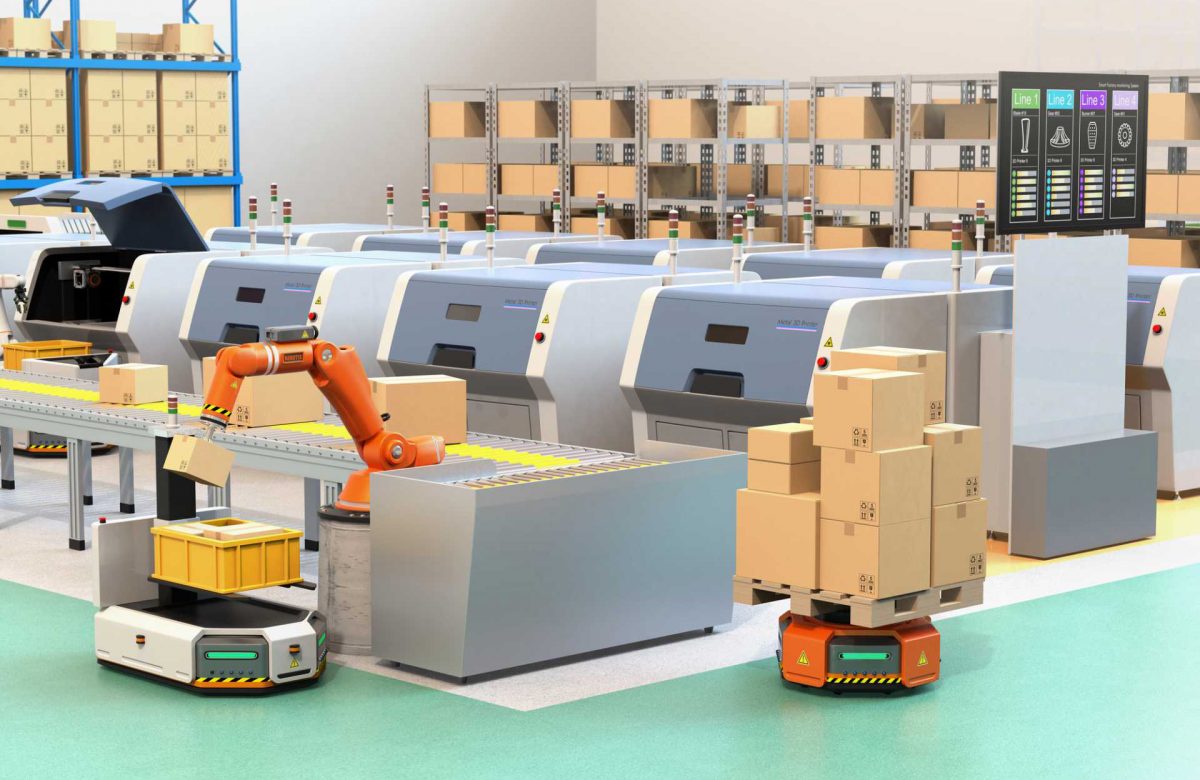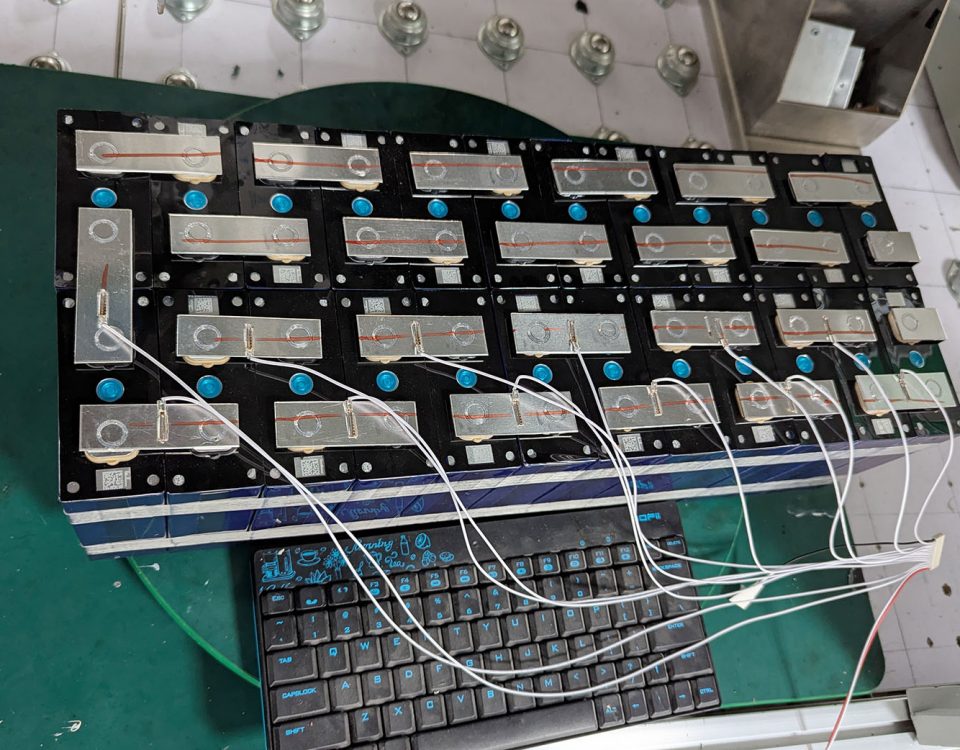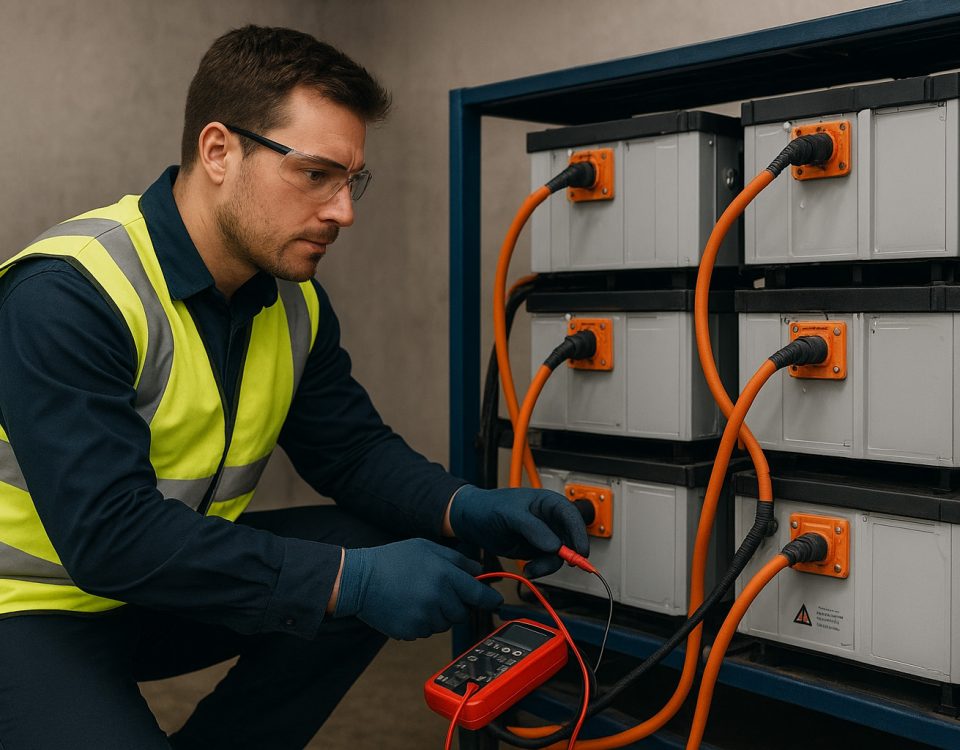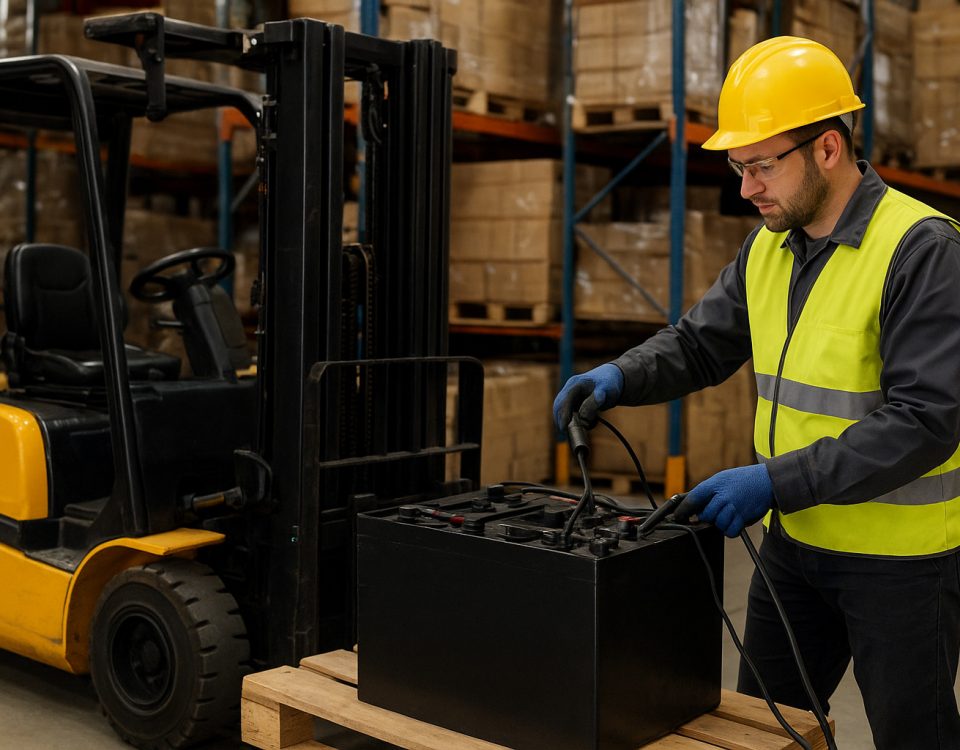As industries across the world continue to automate their operations, the role of Automated Guided Vehicles (AGVs) in logistics, manufacturing, and warehousing is rapidly growing. A critical aspect of AGV performance is the power source – and today, lithium iron phosphate (LiFePO4) batteries are leading the charge in AGV applications. These batteries offer numerous advantages, such as long lifespan, safety, and thermal stability. However, as with any rapidly advancing technology, challenges remain. In this article, we explore the hurdles facing LiFePO4 batteries in AGVs, their limitations, and the innovative solutions needed to ensure that they continue to evolve and meet the demands of tomorrow’s automated industries.
The Technological Challenges of Lithium Iron Phosphate Batteries in AGVs
Despite their growing popularity, LiFePO4 batteries still face several technical challenges when integrated into AGVs. These challenges can hinder their overall performance, particularly in demanding environments.
-
Energy Density Limitations One of the most significant challenges for LiFePO4 batteries is their energy density, which is lower compared to other lithium-ion technologies, such as lithium nickel manganese cobalt (NMC) batteries. The lower energy density means that AGVs powered by LiFePO4 batteries may require larger, heavier battery packs to achieve the same range or runtime as those equipped with more energy-dense alternatives. This can affect the overall size and weight of the AGV, limiting the flexibility of design and the ability to carry heavy loads over long distances.
Solution: Researchers and manufacturers are focused on improving the energy density of LiFePO4 batteries through advances in materials science and battery architecture. By enhancing the electrolyte composition, electrode design, and anode/cathode material structures, it is possible to achieve better energy density without compromising safety or lifespan.
-
Temperature Performance LiFePO4 batteries are known for their stability and safety at higher temperatures, but they still experience some performance degradation in extremely hot or cold environments. In industries where AGVs must operate in cold storage facilities or in hot manufacturing plants, temperature variations can cause capacity loss, reduced efficiency, and shorter operational lifespans.
Solution: To mitigate the impact of temperature on LiFePO4 battery performance, manufacturers are incorporating thermal management systems into AGVs. These systems regulate the temperature of the battery, ensuring optimal operating conditions, even in extreme environments. Additionally, battery chemistry innovation is focusing on creating more thermally stable materials to improve overall performance in variable climates.
-
Charging and Discharge Rates While LiFePO4 batteries are known for their safety and long cycle life, they face limitations in their charging and discharging rates. Fast-charging AGVs, especially in a warehouse setting where downtime must be minimized, can be problematic. The batteries might require longer periods to recharge fully compared to other technologies.
Solution: Fast-charging technologies and improvements in battery management systems (BMS) are critical to overcoming this hurdle. By enhancing charging algorithms and using advanced cooling systems during the charging process, LiFePO4 batteries can be made to charge more efficiently without compromising their longevity or safety.
Addressing Battery Performance in Extreme Environments
Operating AGVs in extreme environments presents unique challenges for LiFePO4 batteries. Whether it's in freezing cold temperatures in refrigerated warehouses or in the high-heat conditions of a steel mill, LiFePO4 batteries can suffer from capacity fading and temperature-related damage.
To solve this issue, AGVs will require customized battery packs designed to withstand extreme temperature ranges. Companies are already working on integrated thermal management systems that adjust based on real-time environmental data. These systems incorporate active cooling and heating elements to maintain the battery at an optimal operating temperature.
Additionally, the advanced sensor technology in the battery management system (BMS) allows for continuous monitoring of battery health, identifying early signs of thermal stress, and automatically adjusting operational parameters to prevent damage.
Future Breakthroughs in Battery Technology for AGVs
As the AGV industry continues to grow, LiFePO4 batteries must evolve to meet the increasing demands of greater autonomy, speed, and reliability. Overcoming the current technological limitations will require innovation in several key areas:
-
High-Energy Density Solutions Overcoming the energy density challenge is perhaps the most pressing issue. Researchers are exploring new nanotechnology solutions to improve the electrode surface area and ionic conductivity of LiFePO4 batteries. The next generation of LiFePO4 batteries is expected to have energy densities approaching those of NMC batteries, but with the added benefits of safety, longevity, and cost-effectiveness.
-
Solid-State Batteries Another promising direction for future development is the advent of solid-state batteries. Solid-state lithium-ion batteries, which replace the liquid electrolyte with a solid one, could potentially offer higher energy density, faster charging times, and better thermal stability. This technology, though still in its nascent stages, could revolutionize battery performance for AGVs and other industrial applications.
-
Smart Battery Management Systems Advanced Battery Management Systems (BMS) will continue to evolve, incorporating real-time data to optimize battery life, charging efficiency, and operational performance. AI-driven BMS systems will provide AGVs with the ability to adapt to environmental changes and user demands, improving both the longevity and reliability of LiFePO4 batteries.
-
Battery Recycling and Sustainability As the demand for AGVs and battery-powered vehicles increases, so too does the need for sustainable solutions for used batteries. The recycling of LiFePO4 batteries will become increasingly important, reducing waste and ensuring that valuable materials like lithium and iron are reused. Advances in battery recycling technology will not only benefit the environment but also make the supply chain for lithium batteries more sustainable.
RICHYE: A Leading Lithium Battery Manufacturer
As one of the leading lithium battery manufacturers, RICHYE has been at the forefront of AGV battery technology. We specialize in producing customized lithium-ion solutions, including LiFePO4 batteries, which are trusted for their superior quality, safety, and performance. Whether you’re in the logistics, warehousing, or manufacturing industries, RICHYE provides high-performance batteries that power the most demanding AGV systems.
We are committed to innovation and ensuring that our products meet the future demands of the AGV sector, from improving energy density to enhancing thermal stability in extreme environments. At RICHYE, our goal is to provide our clients with not only the most reliable batteries but also sustainable, cost-effective solutions for powering the next generation of automated systems.
Conclusion: Overcoming the Challenges, Embracing the Future
While the application of LiFePO4 batteries in AGVs has already proven successful, challenges such as energy density, temperature performance, and charging limitations remain. However, with ongoing technological advancements and innovative solutions, these hurdles are increasingly being overcome. The future of AGVs, powered by LiFePO4 batteries, is promising, with improved battery life, charging speed, and reliability on the horizon. By embracing these innovations, industries can continue to reap the benefits of automated, energy-efficient, and sustainable solutions for years to come.




